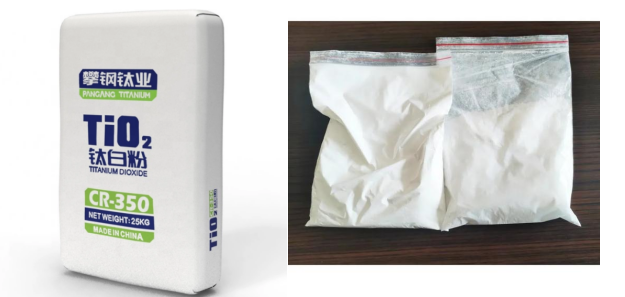
aug. . 07, 2024 23:50 Back to list
Investigation of TiO2 Paste Properties for Enhanced Photocatalytic Applications and Performance Analysis
The Significance of TiO2 Paste in Modern Applications
Titanium dioxide (TiO2) is a highly versatile compound that has become a cornerstone in various industrial sectors. TiO2 paste, a viscous mixture containing TiO2 pigment suspended in a solvent or binder, serves as a critical ingredient in many applications, including coatings, inks, plastics, and even cosmetics. Its unique properties make it an essential component in achieving desired functionalities and performance characteristics.
Properties of TiO2 Paste
TiO2 is renowned for its exceptional opacity and whiteness, making it an ideal pigment for applications where aesthetic appeal is a priority. It has a high refractive index, which allows for better light scattering, thus enhancing the brightness and coverage of the materials it's incorporated into. Additionally, TiO2 has excellent UV resistance, which protects products from degradation due to sunlight exposure. This property is especially valuable in outdoor applications, such as coatings for buildings and vehicles, where longevity and durability are critical.
Applications of TiO2 Paste
1. Coatings One of the primary uses of TiO2 paste is in the production of paints and coatings. The paste improves the covering power and durability of the coating, providing a bright, attractive finish. In architectural coatings, TiO2 enhances the aesthetic quality and contributes to energy efficiency by reflecting infrared radiation.
2. Inks In the printing industry, TiO2 paste is employed in the formulation of inks, where it ensures high opacity and vibrant colors. The use of TiO2 in inks enables printed materials to maintain their appearance over time, resisting fading and discoloration from exposure to light.
tio2 paste

3. Plastics and Composites TiO2 is frequently added to plastic products to improve their mechanical properties and increase whiteness. In composites, TiO2 enhances strength and rigidity, making it suitable for various applications, including automotive parts and consumer goods.
4. Cosmetics In the cosmetic industry, TiO2 is used as a pigment in foundations, sunscreens, and other personal care products. Its ability to scatter light not only provides coverage but also offers UV protection, making it a popular choice for UV-blocking formulations.
Environmental and Health Considerations
While TiO2 presents numerous advantages, its production and usage raise environmental and health concerns. The extraction and processing of titanium can result in significant ecological disruption. Additionally, there have been discussions regarding the safety of TiO2 nanoparticles in consumer products, particularly in inhalable products. Regulatory bodies in various countries are scrutinizing its use to ensure consumer safety and environmental protection.
Companies are increasingly focusing on sustainable practices in the production of TiO2 paste. Innovations in synthesis methods aim to reduce energy consumption and waste generation. Moreover, advancements in nanotechnology are leading to the development of safer alternatives that do not compromise the performance benefits of traditional TiO2 paste.
Conclusion
TiO2 paste plays a vital role in numerous industries, providing both functionality and aesthetic appeal. Its exceptional properties make it invaluable for coatings, inks, plastics, and cosmetics. As manufacturers continue to innovate and address environmental challenges, the future of TiO2 paste will likely involve sustainable practices that enhance its benefits while minimizing risks. The compound's versatility and effectiveness ensure its continued prominence in various applications, solidifying its status as a fundamental material in modern manufacturing and consumer goods.
-
Best Baso4 Price Wholesale & Manufacturer Deals in China
NewsApr.29,2025
-
Rutile Titanium Dioxide R698 Supplier Coating & Paint Solutions
NewsApr.29,2025
-
Premium Titanium Dioxide Ultra White Paint High-Coverage & Durable
NewsApr.29,2025
-
China Titanium & TiO2 Powder Factory Reliable Rutile & Lithopone Supplier
NewsApr.28,2025
-
Titanium Dioxide Types High-Purity Grades from Trusted Factories & Suppliers
NewsApr.28,2025
-
High-Quality Titanium Dioxide White Pigments Wholesale Supplier
NewsApr.28,2025
